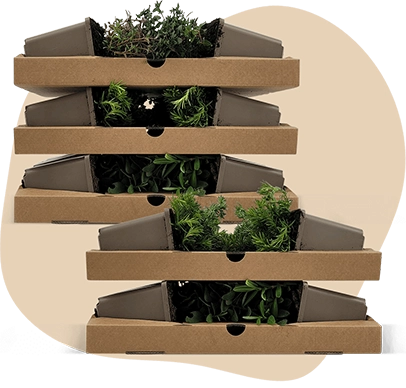Description
Hydrangea paniculata 'Kyushu' C3 40-50 | Panicle hydrangea
The Hydrangea paniculata 'Kyushu', commonly known as the Panicle hydrangea, is a striking shrub with an upright growth habit. This plant can reach a height of up to 180 cm, making it a prominent feature in any garden. The leaves of the Hydrangea paniculata 'Kyushu' are green, with a smooth texture and a typical hydrangea shape. Although it is not evergreen, the Panicle hydrangea is relatively low-maintenance, making it a popular choice for gardeners. Unlike some other hydrangeas, it does not produce fruit or berries. The sturdy branches and attractive foliage make it suitable for both solitary planting and group arrangements.
Key Plant Characteristics of Hydrangea paniculata 'Kyushu'
- Hydrangea paniculata 'Kyushu' blooms with white flowers in September and October.
- The flowers are not fragrant but attract bees and butterflies.
- Optimal growth occurs in shaded or partially shaded locations.
- Thrives in good garden soil that is well-drained.
- The shrub has an upright growth habit with sturdy branches.
- Its bark is not particularly notable, but the plant's structure is robust.
This
garden plant is ideal for both solitary and group planting.
Application of Hydrangea paniculata 'Kyushu' in the Garden
- Hydrangea paniculata 'Kyushu' is perfect for both solitary planting and group arrangements, making it a versatile choice for any garden.
- This plant is winter hardy, thriving in temperatures as low as -34.4°C, which corresponds to USDA zone 4.
- It combines well with other shrubs, especially those that prefer similar soil and light conditions.
- The most striking feature of Hydrangea paniculata 'Kyushu' is its creamy white flowers that bloom in July and August, adding elegance to any garden setting.























